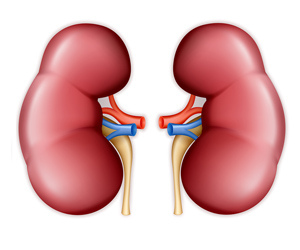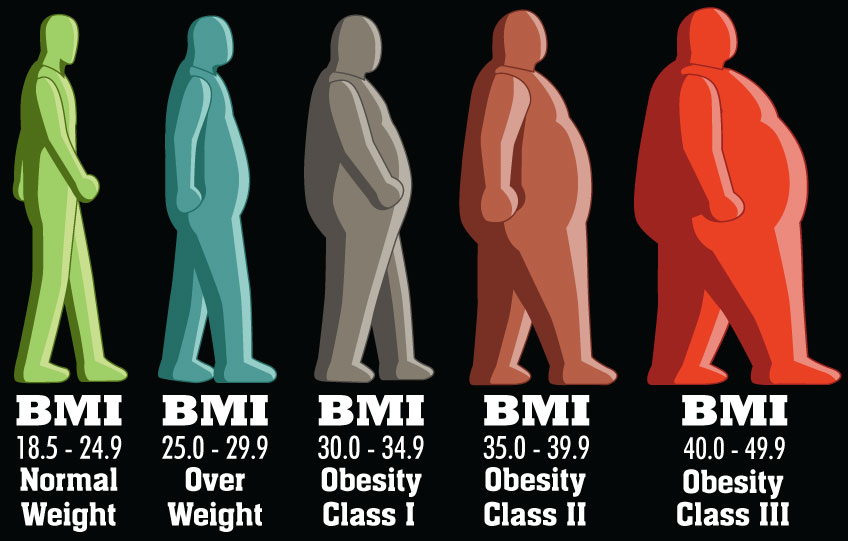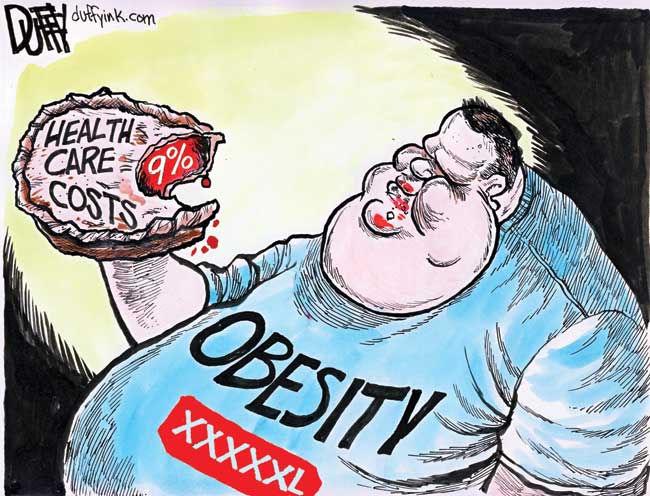 What is kidney disease?
What is kidney disease?
Your kidneys are two bean-shaped organs that filter blood, removing extra water and waste products, which become urine. Your kidneys also help control blood pressure so that your body can stay healthy.
Kidney disease means that the kidneys are damaged and can’t filter blood like they should. This damage can cause wastes to build up in the body. It can also cause other problems that can harm your health.
How is kidney disease linked to overweight?
Obesity increases the risk of diabetes and high blood pressure, the most common causes of chronic kidney disease. Recent studies suggest that even in the absence of these risks, obesity itself may promote chronic kidney disease and quicken its progress.
How can weight loss help?
If you are in the early stages of chronic kidney disease, losing weight may slow the disease and keep your kidneys healthier longer. You should also choose foods with less salt (sodium), keep your blood pressure under control, and keep your blood glucose in the target range.
via WIN – Do You Know Some of the Health Risks of Being Overweight?.
 Being overweight or obese isn’t a cosmetic problem. These conditions greatly raise your risk for other health problems.
Being overweight or obese isn’t a cosmetic problem. These conditions greatly raise your risk for other health problems.






